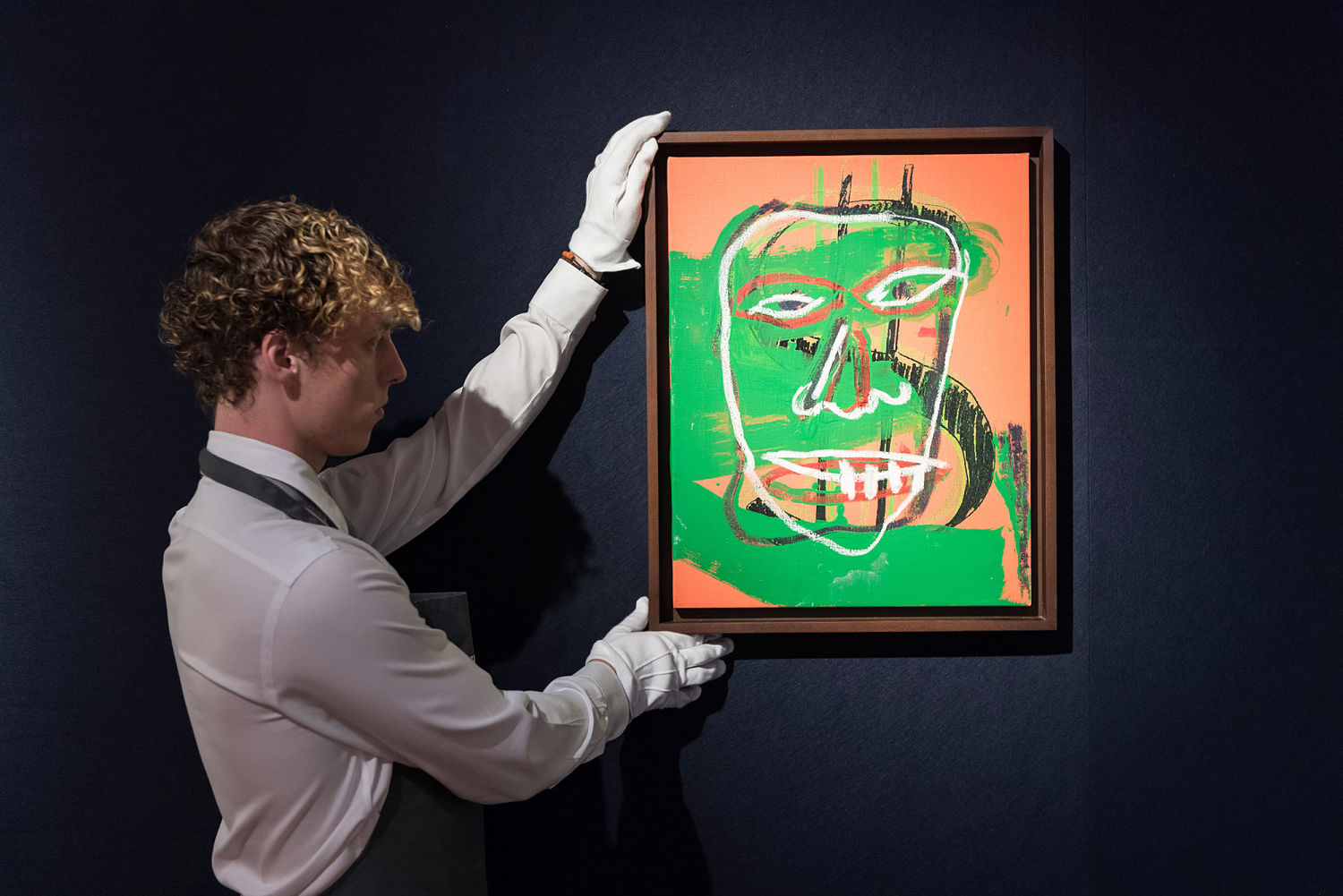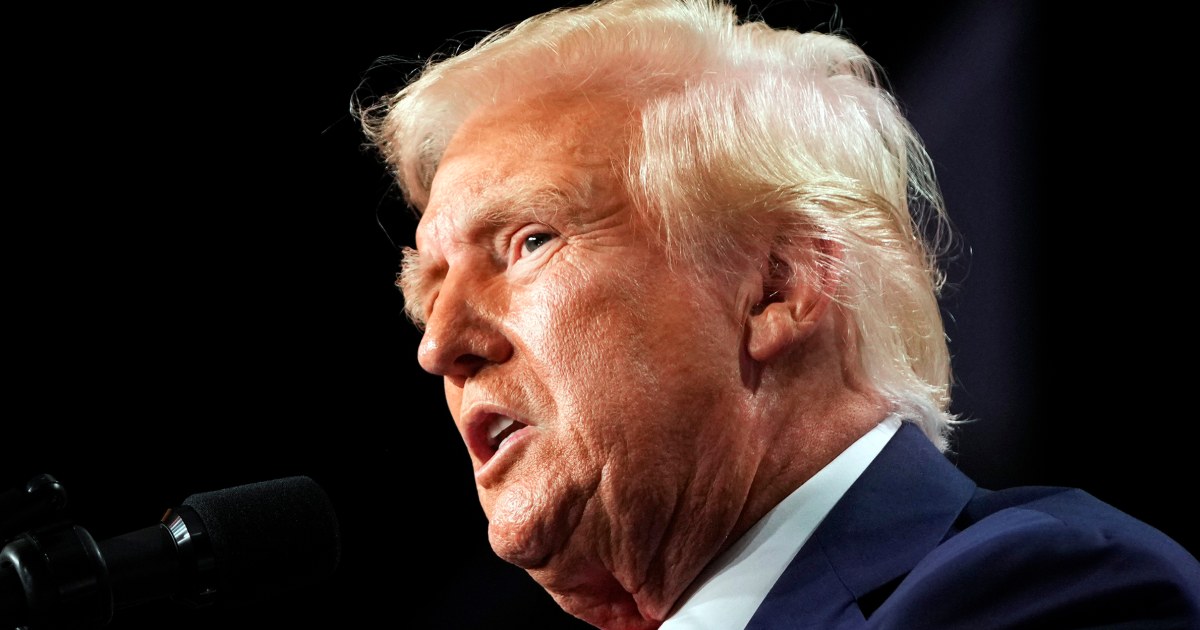
The global art market is poised for its second straight year of declines, as demand for the top trophy works wanes and a new generation of buyers favors lower-priced pieces, according to a new survey.
Auction sales in the first six months at Christie’s, Sotheby’s, Phillips and Bonhams fell 26% from 2023 and 36% from the market peak in 2021, according to The Art Basel and UBS Survey of Global Collecting. The number of wealthy collectors surveyed who plan to purchase art in the next year dropped to 43% from over half in 2023. At the same time, the number who plan to sell increased to 55% — meaning there are more likely sellers than buyers in the market.
“For the biggest spenders, there has been a moderating in their spending or slowing of their pace,” said Paul Donovan, chief economist of UBS Global Wealth Management. “They’re taking a more considered approach.”
As the art world prepares for the big auctions in New York in November and Art Basel Miami Beach in December, dealers, galleries and auctioneers are hoping for a post-election rebound.
There are some bright spots. The vast majority (91%) of wealthy collectors were “optimistic” about the global art market’s performance over the next six months, up from 77% at the end of 2023, the survey said. That’s a larger share than were optimistic about the stock market, at 88%. Only 3% of high-net-worth collectors are pessimistic about the art market’s short-term future.
The median spending on art by wealthy collectors remains stable at around $50,000 a year, according to the survey. Over three-quarters of wealthy collectors surveyed had purchased a painting in both 2023 and the first half of 2024.
Yet a broad array of measures — from buyer interest to online sales — point to another year of declines or, at best, flat sales. Dealers and auction experts say geopolitical concerns (especially in the Middle East and Ukraine) along with economic weakness in Europe and China are draining buyer confidence. Higher interest rates also raised the opportunity cost of buying art, since wealthy collectors could earn an easy 5% or more from cash and Treasurys.
Just as in the classic car market, the art market is going through a generational shift that’s created a mismatch between supply and demand. Older collectors are downsizing their collection by selling off pricey but not masterpiece-level works. Younger collectors, mainly Gen Xers and millennials, are coming into the market to replace them, but they’re buying more affordable, more modern work from galleries and art shows.
“2024 suggests that rather than creating a supply-driven boom in value as they may have done in other years, trends towards greater selling will likely primarily affect sales volumes, with collectors tending to sell from the bottom of their collections, deaccessioning more but lower-value works, and advisors reportedly focused on ‘streamlining client collections’ with the disposal of more unwanted or insignificant artworks rather than trying to capture price appreciation,” the UBS report said.
Dealers say the diverging paths of the various generations has led to an oversupply of seven- and eight-figure Impressionist and Abstract works. According to the survey, the high end of the art market, or works priced at $10 million or more, was the strongest before 2022. Now, it’s the weakest.
“Gen X, and to a lesser extent the younger generations, they’re not necessarily going to be going out and buying the most expensive artworks,” Donovan said. “They’re more engaged but they also have potentially more budget constraints. The people who have traditionally been buying the higher-price art are slowing their purchase of those artists.”
Gen Xers, in fact, have quickly become the most important generation for collectibles. According to the UBS survey, Gen X respondents had the highest average spending in 2023 — at about $578,000 — and their lead continued in 2024, at more than a third higher than millennials and more than twice those of boomers and Gen Z respondents.
Overall, wealthy collectors are reducing their exposure to art. While art’s role as an “asset” is hotly debated, the report said the average allocation to art was 15% in 2024, down from 22% of their portfolios in 2021. Granted, some of the decline may be due to the increased value of stocks and other assets in their portfolios. Yet the drop suggests many collectors have paused their buying.
The super-wealthy have the highest exposure to art. Those worth $50 million or more have an average of 25% of their assets in art, down from 29% last year. Millionaires worth less than $5 million have about 12%.
Collectors who have been active in the market for decades have built up large collections, that will either have to be sold, passed on to family or bequeathed to museums or nonprofits. The average number of works owned by wealthy collectors worldwide is 44, according to the survey. Gen Z collectors have an average of 33 works, while collectors who have been buying for more than 20 years had an average of 110 works.
When asked about their biggest concerns for the art market, the largest number (52%) cited “barriers to the free movement of art internationally.” The second-largest concern was the “rise of legal issues in the art trade,” such as restitution cases, fakes and forgeries, as well as “ethical considerations concerning artists,” such as how they are compensated and promoted. “Art market fluctuations” ranked fourth.
The great wealth transfer, which could see tens of trillions of dollars in wealth passed from older generations to younger generations, could also usher in a great art transfer. Fully 91% of wealthy collectors had works in their collections that were inherited or gifted through a will or other bequest, according to the survey.
Despite the expectation that families will sell the works they inherit, 72% of those surveyed kept at least some of their inherited art. Those who do sell inherited art were more likely to cite a lack of display space or taxes as the reasons, rather than taste.
“There has always been an assumption that as art moves down a generation, the younger generation has different tastes,” Donovan said. “But to assume that this leads to the wholesale breakup of the collections or selling is wrong. Art is something which stimulates the emotions and there may be an association with certain pieces of art with your parents.”








